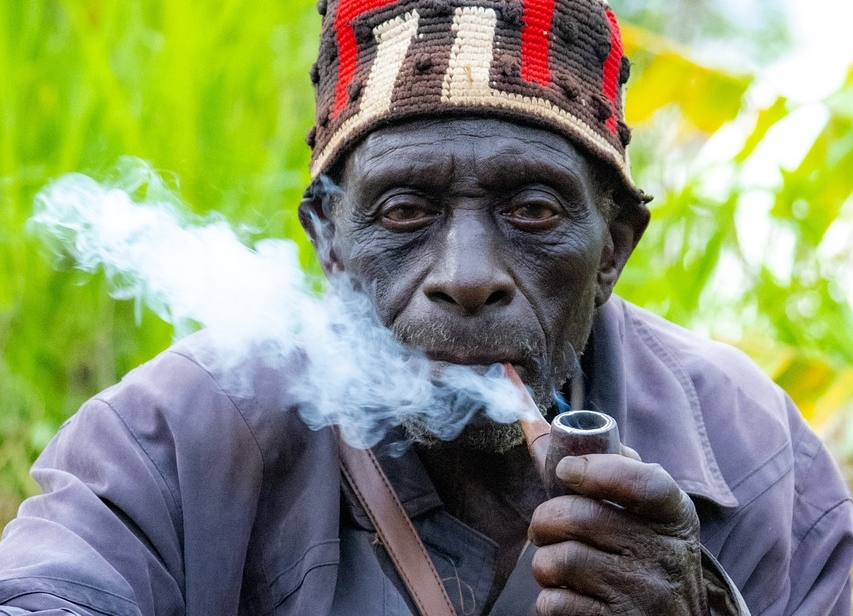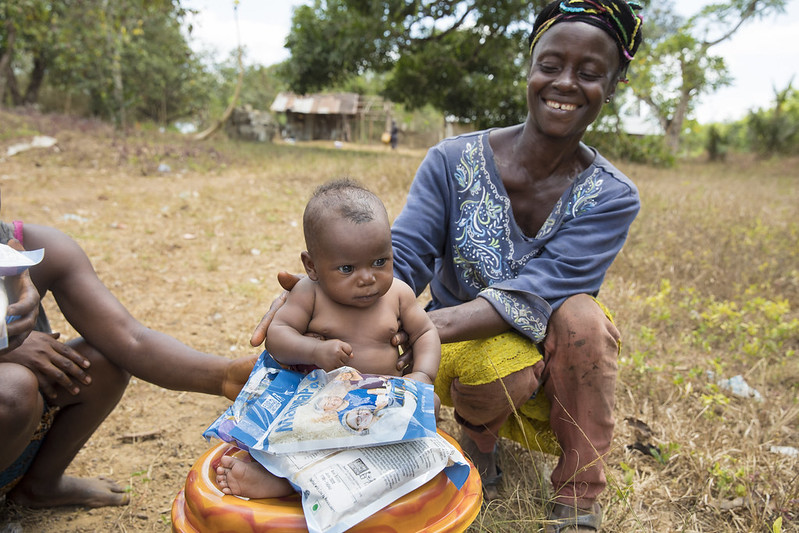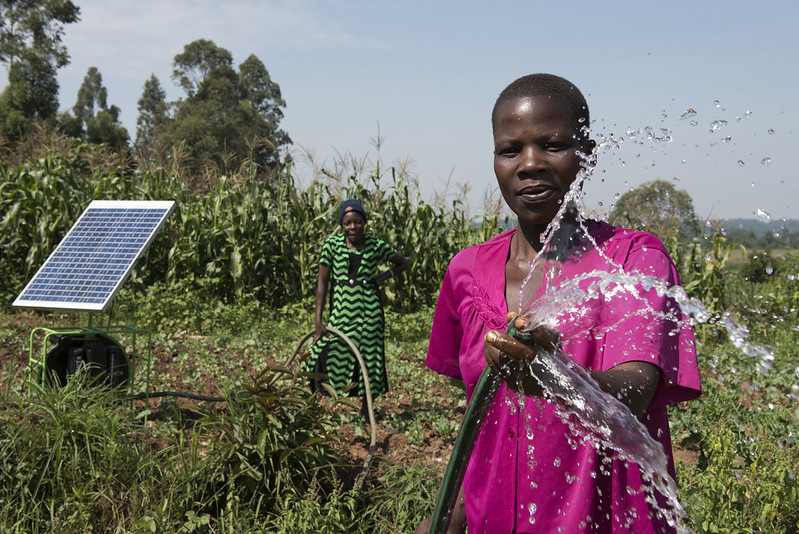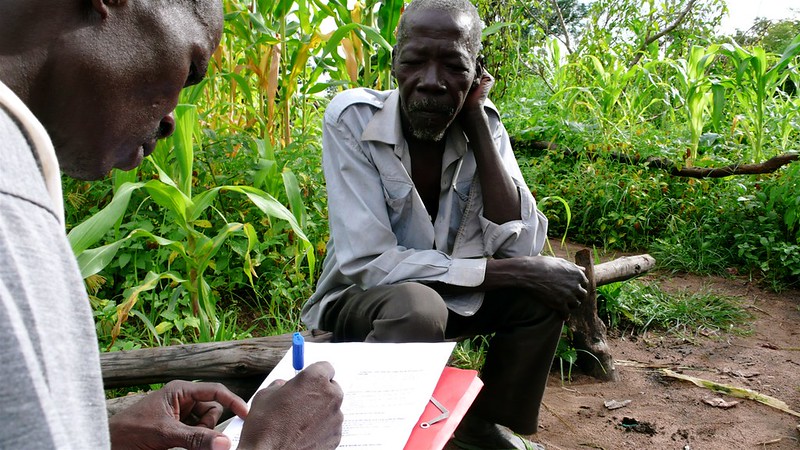 Children in Kenya are struggling. In places like Kisumu, many are living on the streets, “begging and stealing to survive.” They sleep in unsafe and unsanitary places such as parks or the sewer. There is a lack of clean drinking water for those who attend school, especially in rural areas where children must walk long distances to retrieve water that may not even be safe for them to drink. Water-borne illness is a common cause of low school attendance and children falling behind in schoolwork. Fortunately, these problems have caught the attention of an organization that now provides mission grants for the children of Kenya. These organizations take action to improve the conditions for Kenyan children with the financial help of missionaries and auxiliaries.
Children in Kenya are struggling. In places like Kisumu, many are living on the streets, “begging and stealing to survive.” They sleep in unsafe and unsanitary places such as parks or the sewer. There is a lack of clean drinking water for those who attend school, especially in rural areas where children must walk long distances to retrieve water that may not even be safe for them to drink. Water-borne illness is a common cause of low school attendance and children falling behind in schoolwork. Fortunately, these problems have caught the attention of an organization that now provides mission grants for the children of Kenya. These organizations take action to improve the conditions for Kenyan children with the financial help of missionaries and auxiliaries.
Lutheran Women’s Missionary League (LWML)
Founded in 1942, the Lutheran Women’s Missionary League (LWML) is an official auxiliary of the Lutheran Church. Its purpose is to encourage and equip Christian women to live in active ministry and support global missions. Each year, the members of LWML vote on a list of missions to support and establish a financial goal to reach for them. A few missions working on improving the lives of Kenyan children have made the list. Here are two of LWML’s mission grants for the children of Kenya.
Water and the Word for Rural Schools in Kenya
This is one of the mission grants for the children of Kenya that started in 2008 when a man from Nebraska was traveling around East Africa and saw the need for clean drinking water in rural areas and took action. Through help from social workers and educators in Nakuru, he developed a system of water harvesting equipment. The team installed water storage, filters, hand-washing systems, rain gutters and tanks in schools across Kenya.
In 2016, the Lutheran Church Missouri Synod took over the project. It became an organization that continues to bring clean water resources and religious teachings to schools in Kenya. In 2019, LWLM members approved the mission grant to continue supporting this project.
Capstone Ministries
Capstone Ministries is another project on the list of mission grants for the children of Kenya that LWML supports. Founded in 2005, the organization focuses on bringing street children in Kenya, especially the areas in and around Kisumu, back to their families. There are many challenges that this process includes such as children who feel shame, hopelessness or poverty burden and do not want to go back home. By 2016, Capstone Ministries reconciled 678 children with their families, according to its website. The project’s members frequently visit these children and their families to ensure all is going well.
In Kenya, high school education is not free. The average yearly price is $650 and many cannot afford it. Capstone Ministries started a scholarship fund to provide affordable opportunities for kids to continue school. In 2016, the organization sponsored 42 boys in secondary school, according to its website.
LWML Involvement
In addition to providing mission grants for the children of Kenya, members of LWML become personally involved with the missions themselves. Shurie Scheel was one of these hands-on people in 2022 when she visited Kenya to see the progress of the Water and the Word project. Scheel is the grant administrator for Water and the Word and is an active member of LWML at her local Lutheran church in Wyoming.
While visiting the schools, Scheel and her group brought the children soccer balls, books, school supplies, as well as sanitary supplies for the schoolgirls to keep them going to school. Representing the LWML, she established groundwork and connections with the people working on the mission. She was able to bring back information and visual evidence that the money LWML was giving to the project was having a positive impact on the lives of the schoolchildren therefore encouraging more donations.
Missionary groups like the LWML are helping to provide financial support for projects like Water and the Word and Capstone Ministries. This process relieves the time-consuming fundraising efforts so the missions can work on important things like improving the lives of impoverished children.
– Heather Gisi
Photo: Unsplash
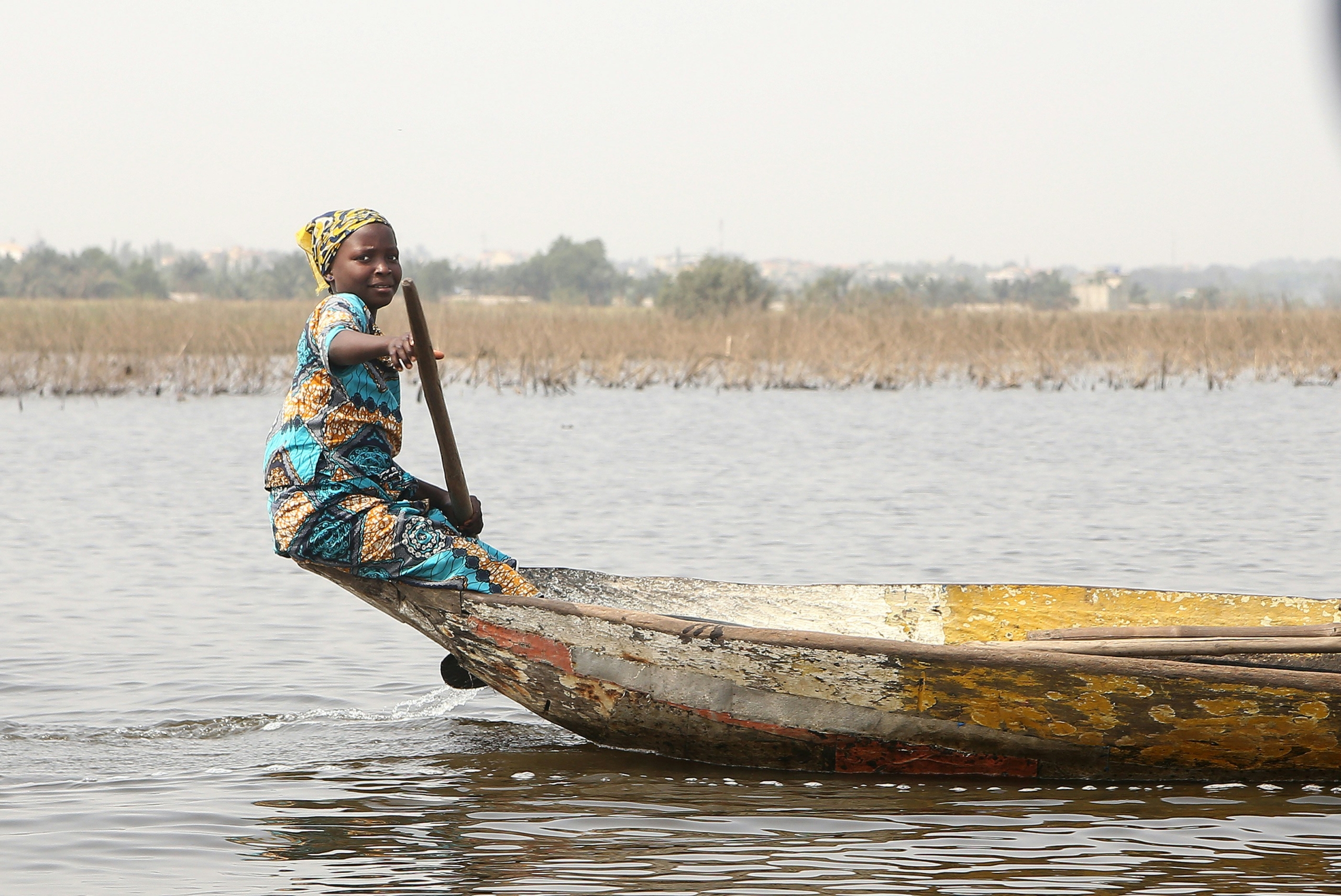
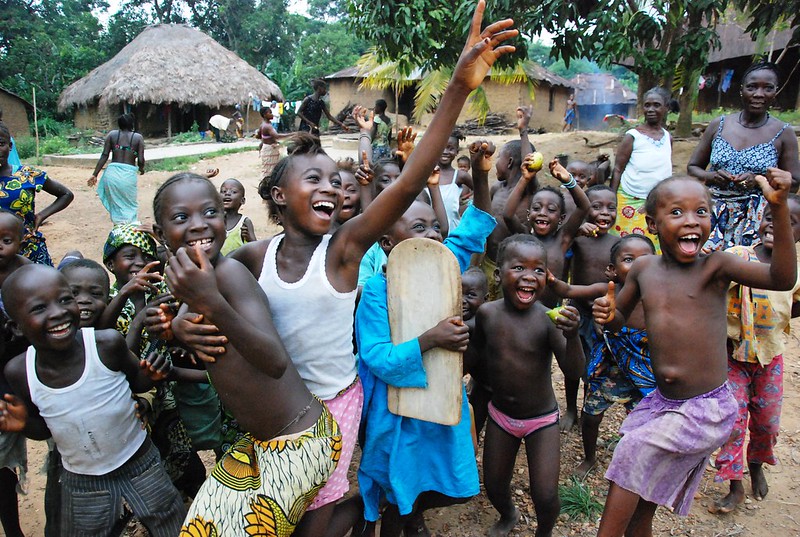 It is upsetting when children witness violence outside their homes. There is a sense of fear about what will happen to their family and homes. As a result, it is easy to kidnap or coerce children into becoming soldiers for the sake of their country. Children experience many different forms of violence.
It is upsetting when children witness violence outside their homes. There is a sense of fear about what will happen to their family and homes. As a result, it is easy to kidnap or coerce children into becoming soldiers for the sake of their country. Children experience many different forms of violence. 